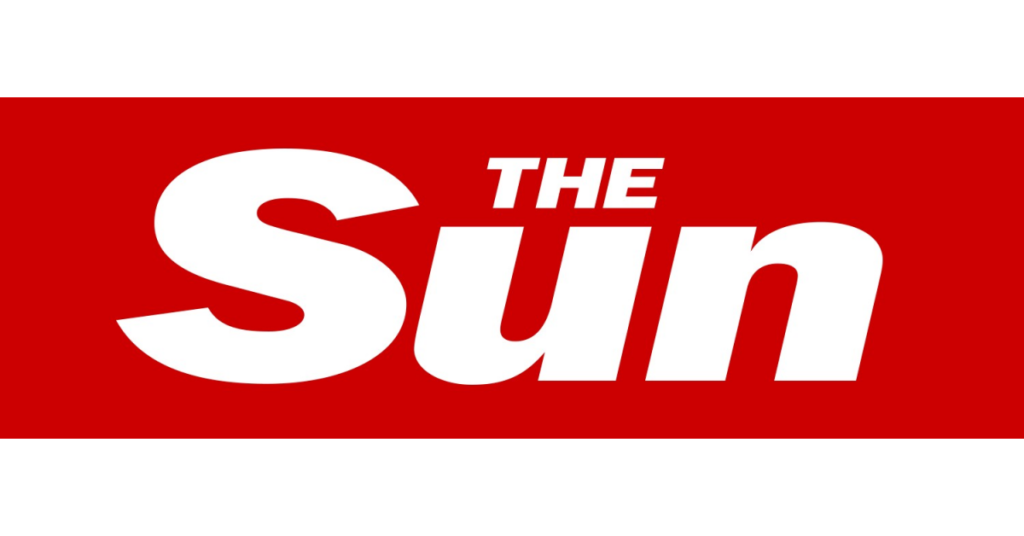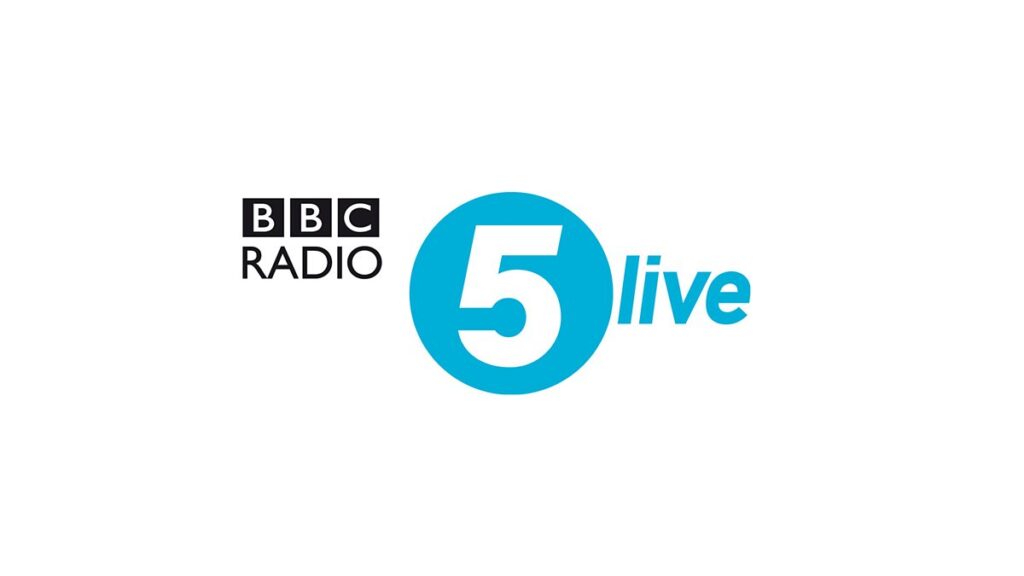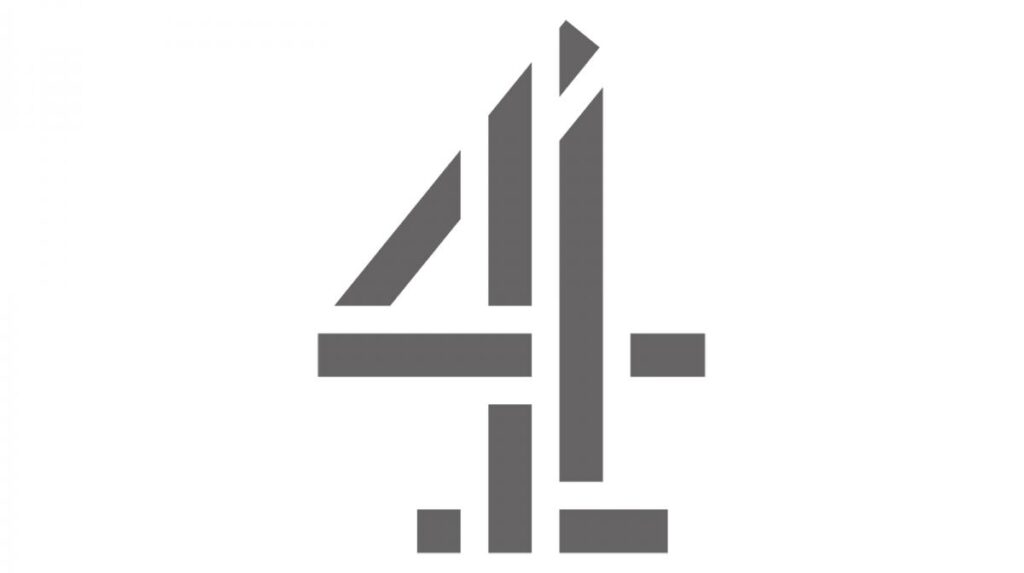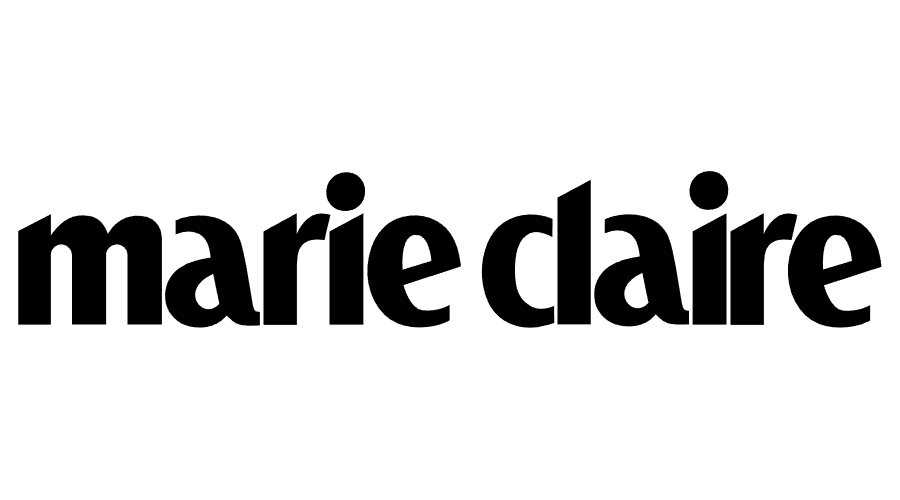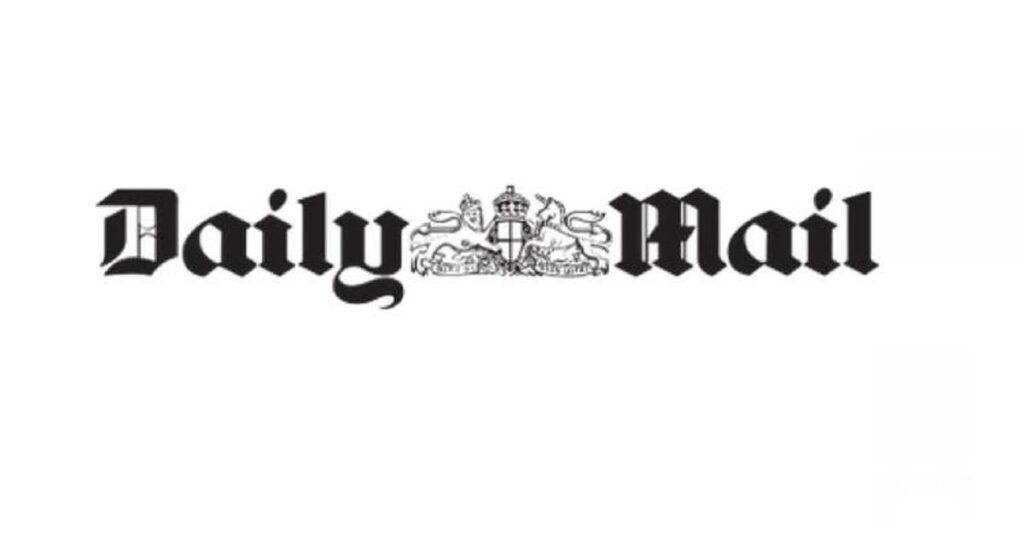What Is Autologous Fat Transfer?
Autologous fat transfer (also known as autologous fat grafting) is the removal of one’s fat from one area and then transferred to another area. It can be performed on any area in the body and can be used in combination with many other procedures in the face, breast and body.
Who Is It Suitable For?
For those of normal stable body weight who have an area that would benefit from volume enhancement.
Who Is Autologous Fat Transfer Not Suitable For?
To be a good candidate for autologous fat transfer surgery patients must have fat available in another area of the body. Therefore the operation is not suitable for those without accessible fat. It’s also unsuitable for those with unrealistic surgery expectations, significant medical history and those who have been influenced to undergo cosmetic surgery by others.
How Much Does Autologous Fat Transfer Cost?
This depends on what is needed, so may vary from patient to patient. After discussing your surgery in the initial consultation, the surgeon will be able to provide you with a full quote including all applicable fees.
What To Expect During Your Consultation?
The success of the consultation depends on your openness and honesty with what troubles you and your expectations of autologous fat transfer. You will be asked questions about your health, desires and lifestyle. Different operations such as facial liposuction can be tailored to your needs and the potential outcomes, risks and complications will be discussed with you. Various types of autologous fat transfer procedures are available at Gary Ross such as autologous fat transfer to face. A consultation regarding the risks and limitations of fat transfer surgery will help you to choose a procedure that will meet your expectations.
Preparing For Autologous Fat Transfer Procedure
Autologous fat transfer often takes between one and two hours. Anaesthetic fluid is placed into the area. Fat is to be removed from and an incision that is usually less than 1 cm is made overlying or close to the area where the fat needs to be removed. A cannula is used to remove the fat for a fat transfer surgery. If body jet liposuction is used to remove the fat then the fluid is infiltrated at the same time as the fat is removed. Once the fat has been removed the small incisions are closed with dissolvable stitches. The fat is then prepared to make sure the best quality fat can be infiltrated back. The area in which the fat is injected is infiltrated with local anaesthetic fluid and a small incision made (usually 2-3 mm). Only the highest quality fat is then injected into the area requiring volume enhancement.
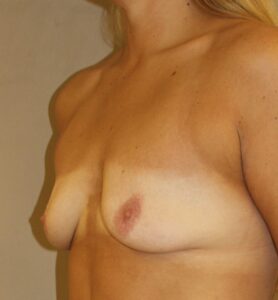
The Surgery
Autologous fat transfer often takes between 1 and 2 hours. Anaesthetic fluid is placed into the area in which fat is to be removed from and an incision that is usually less than 1cm is made overlying or close to the area where the fat needs to be removed. A cannula is used to remove the fat. If body jet liposuction is used to remove the fat then fluid is infiltrated at the same time as the fat is removed.
Once the fat has been removed the small incisions are closed with dissolvable stitches. The fat is then prepared in order to make sure the best quality fat can be infiltrated back. The area in which the fat is injected is infiltrated with local anaesthetic fluid and a small incision made (usually 2-3 mm). A postop picture at one week shows the location of the scars that can vary patient to patient. Only the highest quality fat is then injected into the area requiring volume enhancement.
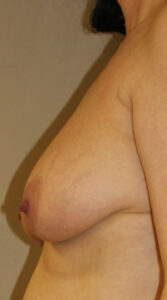
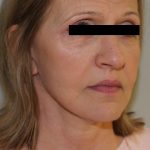
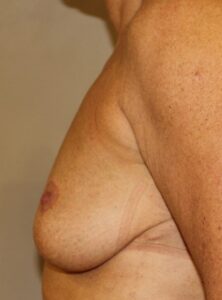
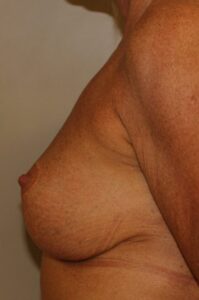
After Surgery
If your fat transfer surgery is under local anaesthetic you will be able to mobilise straight away. If you require a general anaesthetic you will usually return to the ward within an hour following surgery and you will be encouraged to mobilise. You will not have drains in place and you will be able to eat, drink and mobilise. You will feel swollen and have generalised discomfort that will usually require analgesia after your fat transfer procedure. You will usually be able to go home the same day and should keep the wounds dry for the next week. You should arrange for someone to pick you up following fat transfer surgery and have some support at home when you are discharged. You will be reviewed in the clinic and the wounds checked after a week. You will be able to resume light exercises after a week and normal exercise by 1-2 weeks. You should begin to massage the scar, once your fat transfer surgery heals.
Risks And Complications
The vast majority of patients are delighted with the fat transfer procedures although common complaints include numbness, bruising and swelling. Uncommon complications include migration of the fat and irregularities, infection, haematoma, delayed healing/skin necrosis/skin loss, seroma formation and thickened scar. There are uncommon risks of general anaesthesia such as respiratory/cardiac compromise and deep vein thrombosis. Liposuction removes fat cells with fat transfer surgery and although these cells do not come back other fat cells can occur in the same area. It is unusual to have irregularities although over time these can develop. Your contour will also change and irregularities can become more apparent with fluctuations in weight. The fat that is transferred may be resorbed with time and anywhere between 25-75% of the fat cells will survive. You need to be aware that although some of the fat will remain permanently and that it may be necessary to undergo further fat transfer procedures.
FAQ's
The price varies for all of our surgeries with each patient, this includes autologous fat transfer. Once you have had your consultation for your fat transfer surgery, you will then receive a quote of how much it is going to cost. All of the fees will be included with the quotation as well.
Autologous fat transfer is the removal of one's fat from one area and then transferred to another area. It can be performed on any area in the body and can be used in combination with many other procedures in the face, breast and body.
The majority of the swelling from an autologous fat transfer surgery will go within the first two weeks. The rest of the fat cells that are in the breasts will remain there permanently. Your breasts will remain permanent after a month of the autologous fat grafting procedure once.

